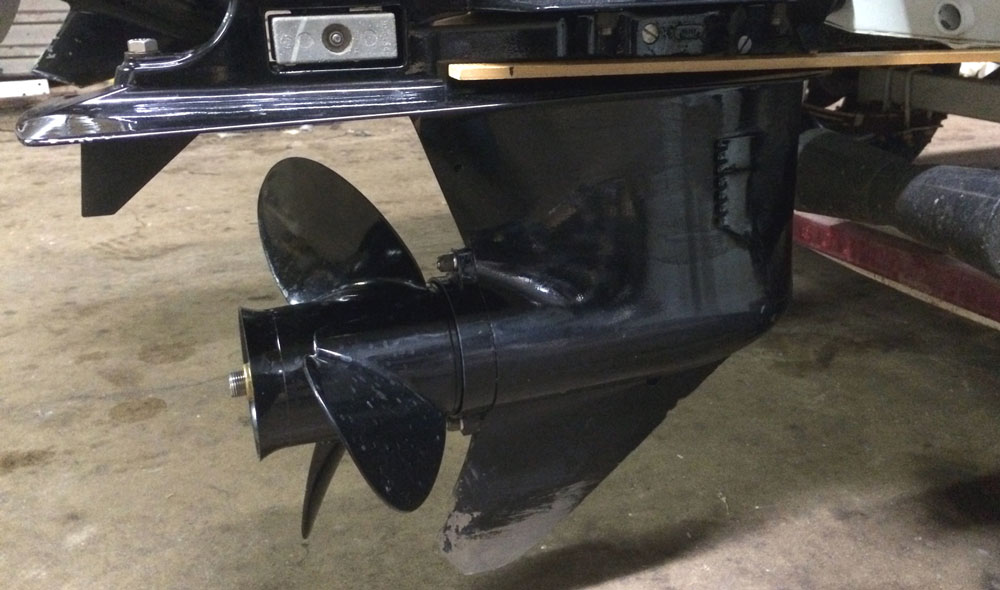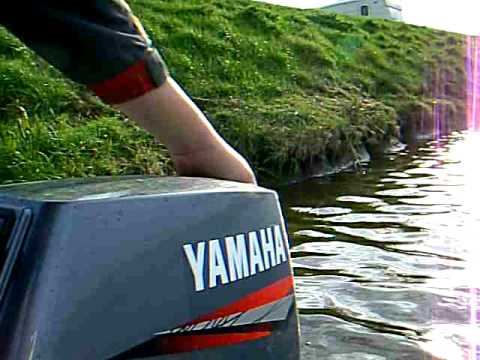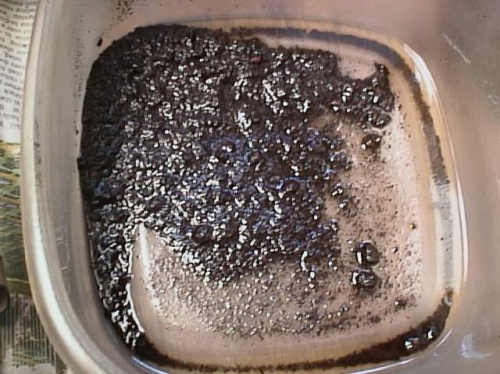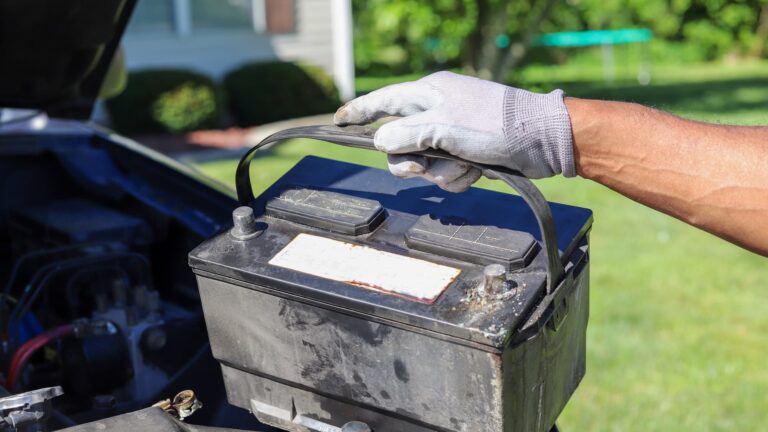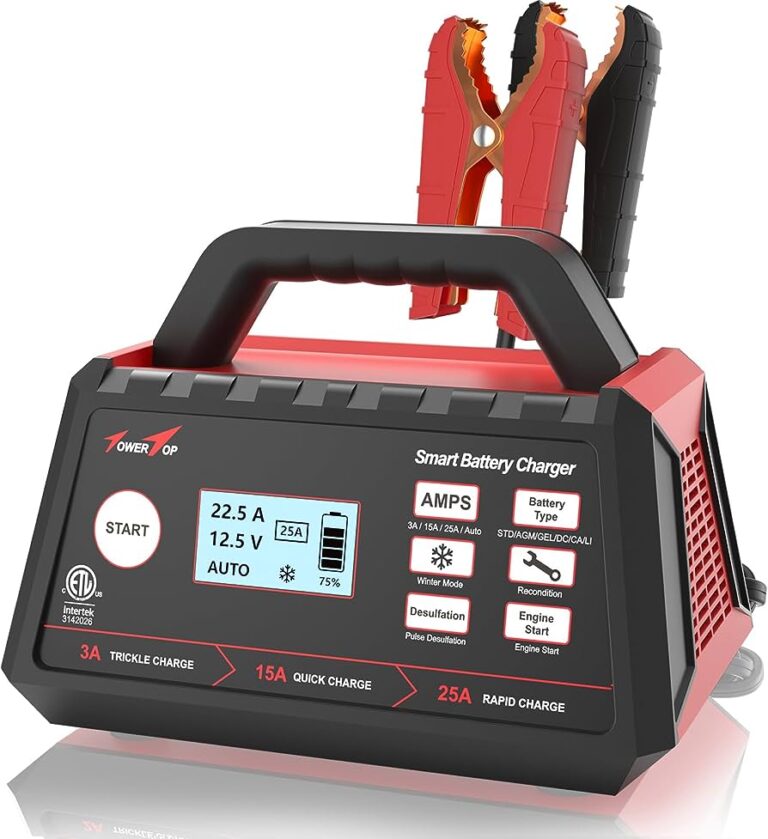Cavitation Plate Outboard Motor Height Diagram
The cavitation plate on a boat’s outboard motor should be even with the boat bottom at the keel when the propshaft is parallel to the keel. This ensures the motor is at the correct height for optimal performance.
By using a straight edge or a yardstick, you can easily determine if your outboard engine is at the right height.
Understanding Outboard Motor Height
Understanding Outboard Motor Height Proper outboard motor height is crucial for boat performance and handling. It directly affects speed, stability, and fuel efficiency. When the motor is too low, it can cause cavitation, where air bubbles form around the propeller, decreasing power and causing engine strain.
On the other hand, if the motor is too high, it may lead to porpoising, poor steering, and inefficient propeller performance. To determine the optimal motor height, several key factors should be considered, such as boat type, weight distribution, hull design, and propeller type.
It is essential to align the cavitation plate with the boat’s keel and ensure that the anti-ventilation plate is above the water’s surface. Consulting the manufacturer’s guidelines and referring to diagrams can provide a more straightforward understanding of the proper outboard motor height.
How To Determine The Correct Height?
How high should cavitation plate be on a boat? With the motor trimmed so that the propshaft is parallel to the keel, the anti-ventilation plate should be just about even with your straight edge, and thus even with the boat bottom at the keel.
A yardstick will help you determine if your outboard engine is at the right height. The anti ventilation plate should be at or above the surface of the water. The higher you can run the motor the better. As long as the boat still handle good and the motor does not overheat from lack of water.
Effects Of Incorrect Motor Height
The incorrect motor height can have several negative effects on your boat and motor. One major issue is cavitation and ventilation problems. When the motor height is incorrect, cavitation occurs, leading to a decrease in speed and efficiency. This can affect your overall boating experience.
Additionally, running the motor at the wrong height can potentially cause damage to both the motor and the boat. It’s important to ensure that the motor height is set correctly to avoid these issues. By following the recommended guidelines, you can optimize the performance and longevity of your outboard motor.
Tips For Adjusting Outboard Motor Height
To adjust the height of your outboard motor, it is recommended to gradually test different heights while observing changes in boat handling and performance. Start by trimming the motor so that the propshaft is parallel to the keel. The anti-ventilation plate should be even with your straight edge and the boat bottom at the keel.
Use a yardstick to ensure the engine is at the right height. It is important to seek professional guidance if you are unsure about the optimal motor height for your boat. Remember, the anti-ventilation plate should be at or above the surface of the water for optimal performance.
Higher motor height is preferable as long as the boat handles well and the motor doesn’t overheat.
Faqs About Outboard Motor Height
The cavitation plate plays a crucial role in the performance of an outboard motor. It helps to prevent cavitation, which is the formation of air bubbles around the propeller, by redirecting water flow. Motor height affects planing because it determines the angle at which the boat rides on the water.
Adjusting the motor height can optimize performance and speed. However, it is recommended to have a professional handle motor height adjustments to ensure proper alignment and avoid damage. Following manufacturer guidelines and consulting with an expert will help in achieving the right motor height for your boat.

Credit: uplandcoast.com
Frequently Asked Questions For Cavitation Plate Outboard Motor Height Diagram
How High Should Cavitation Plate Be On A Boat?
The cavitation plate on a boat should be just about even with the boat bottom at the keel when the motor is trimmed parallel to the keel.
How Low Should The Cavitation Plate Be?
The cavitation plate should be at or above the surface of the water for optimal performance.
How Far Should The Cavitation Plate Be Below The Boat?
The cavitation plate should be even with the boat bottom at the keel.
How High Should I Mount My Outboard Motor?
To mount your outboard motor at the correct height, ensure that the cavitation plate is even with the boat bottom at the keel when the propshaft is parallel to the keel. Use a yardstick to verify the height. The anti-ventilation plate should be at or above the surface of the water for optimal performance.
Conclusion
Finding the correct height for your cavitation plate outboard motor is crucial for optimal performance. By ensuring that the cavitation plate is positioned correctly, you can improve speed, maneuverability, and overall efficiency of your boat. Remember to trim the motor so that the prop shaft is parallel to the keel, and the anti-ventilation plate is even with your straight edge and the boat bottom at the keel.
Using a yardstick can help you accurately determine if your outboard engine is at the right height. Additionally, the anti-ventilation plate should be at or above the surface of the water for optimal operation. While running the motor higher is generally recommended, it is important to maintain proper water flow to prevent overheating.
By following these guidelines and referring to cavitation plate outboard motor height diagrams, adjusting and setting the correct height for your outboard motor can greatly enhance your boating experience.

